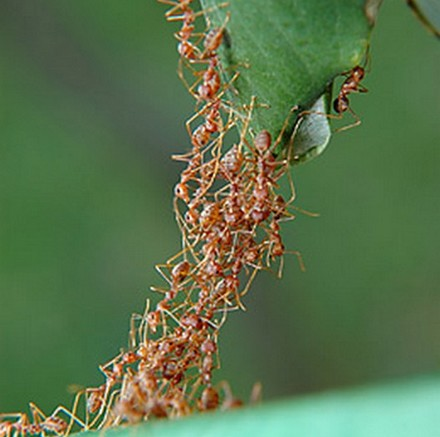I had learnt my lesson. This session, I was prepared and ready to make notes.
Session input came from Dr Kevin Flinn, Head of Leadership and Organisational Development.
Kevin made a very conscientious effort to personally meet and connect with each member of the group before we convened and he shared his background, current leadership inquiries and interests. Below are the notes that I recorded – poignant comments or responses.
Remember, you are in charge, but not in control. You can influence, but you are not in control. – Kevin Flinn
There was a fair amount of language and metaphor around the “game” of organisational development. The big and little P of working life. Off stage, back-stage, side door, front door. What are the rules of the game? Do you want to play? If you do, how do you influence the game?
Non-participation is a form of participation. – Kevin Flinn
On more than one occasion, Kevin asked participants the extent to which their organisation (school) allowed or permit or encouraged decent. As if this was almost a measure of organisational health? A reference that connected with Chris Moyles’ heartbeat reference.
Be aware of the operational realities of any given suggestion or plan, knowing that you will rarely be aware of the true implications. Kevin Flinn
Who are you working with? Can you observe the layers of the organisation.
Kevin also introduced us to Chris Rodgers model – (I could not find the model on CR Ltd).
We listened to a short conference talk from Professor Patricia Shaw who shared her thoughts on leadership.
Leadership – the art of convening conversations that might not otherwise have happened. – Patricia Shaw
Micro Practices
- Opening spaces for reflective inquiry
- Taking action, visibly
- Taking up a voice, speaking out, saying and doing things, when the consequences of which, will ripple out in ways beyond that we know
- Engage in, open up and shift, the conversational life of an organisation
- Having the courage and skill to invite and sustain conversation
- Invent and improvise in conversation
- Work with conversation as an art
- Learn to link the strategic to the actual events
- When to use written and when to use aural communication
- Develop our reflective, descriptive abilities to outline what and how circumstances (critical incidents) happen or change
- Evoke and notice vivid moments of experience – which acts as a moment of common reference that you can point to and explore “together.”
- Less action plan, and paying more attention to what is opening up in front of you
In the second session, we listened to two participants, who were unravelling their own “knotty problem.” Hearing about the ebb and flow of other participants “knotty problem” assigned us all to a very privileged position. Contributions across leadership layers most certainly enhanced the conversation, form my perspective.
Doubt is not a pleasant condition, but certainty is an absurd one. Voltaire
With heightened self and group awareness, the group has become aware of the big and little P, or our own group. See-saw. Saw-see.
More than one attendee talked about the benefit of “light in the mornings.” – Reflection, schools are influence by cycle. Weather, examinations, terms, weeks.
[qr_code_display]


